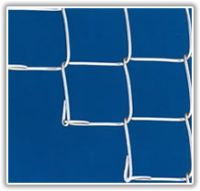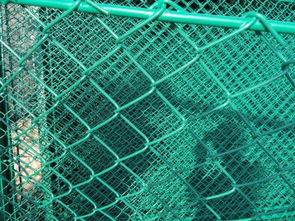Chain Link Fence Mesh: A Comprehensive Guide
Chain link fence mesh, often referred to simply as chain link, has become a popular choice for both residential and commercial properties. Its versatility, durability, and affordability make it a go-to option for many. In this detailed guide, we will explore the various aspects of chain link fence mesh, from its history to its applications, and everything in between.
Understanding Chain Link Fence Mesh

Chain link fence mesh is made up of a series of interconnected metal wires that form a diamond-shaped pattern. The wires are typically made of galvanized steel, which provides excellent corrosion resistance and durability. The mesh is available in various sizes, thicknesses, and styles, allowing for customization to meet specific needs.
One of the key advantages of chain link fence mesh is its strength. The interlocking design ensures that the fence can withstand high winds, heavy snow loads, and even animal pressure. This makes it an ideal choice for properties that require a secure and reliable barrier.
History of Chain Link Fence Mesh

The concept of chain link fencing dates back to the late 19th century. It was originally developed in the United States and quickly gained popularity due to its affordability and ease of installation. Over the years, the design and materials used in chain link fencing have evolved, but the basic principle remains the same.
One of the most significant advancements in chain link fence mesh was the introduction of galvanized steel. This process involves coating the steel wire with a layer of zinc, which provides excellent corrosion resistance. This innovation helped to extend the lifespan of chain link fences and make them more suitable for outdoor use.
Applications of Chain Link Fence Mesh

Chain link fence mesh is used in a wide range of applications, from residential properties to industrial facilities. Here are some of the most common uses:
| Application | Description |
|---|---|
| Residential Properties | Chain link fence mesh is a popular choice for residential properties, providing security and privacy while still allowing for visibility and airflow. |
| Commercial Properties | Chain link fence mesh is commonly used in commercial settings, such as office buildings, warehouses, and shopping centers, to provide perimeter security. |
| Industrial Facilities | Chain link fence mesh is ideal for industrial facilities, as it can withstand harsh conditions and provide a secure barrier around equipment and storage areas. |
| Sports Facilities | Chain link fence mesh is often used in sports facilities, such as baseball diamonds and soccer fields, to provide a secure boundary for players and spectators. |
| Animal Enclosures | Chain link fence mesh is a popular choice for animal enclosures, as it is durable and can withstand the pressure of animals trying to escape. |
Installation of Chain Link Fence Mesh
Installing a chain link fence mesh is a relatively straightforward process, but it requires careful planning and execution. Here are some key steps to consider:
- Choose the right size and style of mesh for your needs.
- Mark the perimeter of the area where the fence will be installed.
- Excavate the post holes and install the posts, ensuring they are level and securely anchored.
- Attach the mesh to the posts using fence ties or clamps.
- Adjust the tension of the mesh to ensure it is tight and secure.
- Trim any excess mesh and finish the installation with caps or caps and finials.
Maintenance of Chain Link Fence Mesh
Proper maintenance is essential to ensure the longevity of your chain link fence mesh. Here are some tips for maintaining your fence:
- Regularly inspect the fence for signs of wear and tear, such as rust or damage to the posts or mesh.
- Power wash the fence to remove dirt, debris, and mildew.
- Apply a protective coating to the mesh and posts to prevent rust and corrosion.
- Trim any vegetation that may come into contact with the fence, as this can cause damage over time.



















